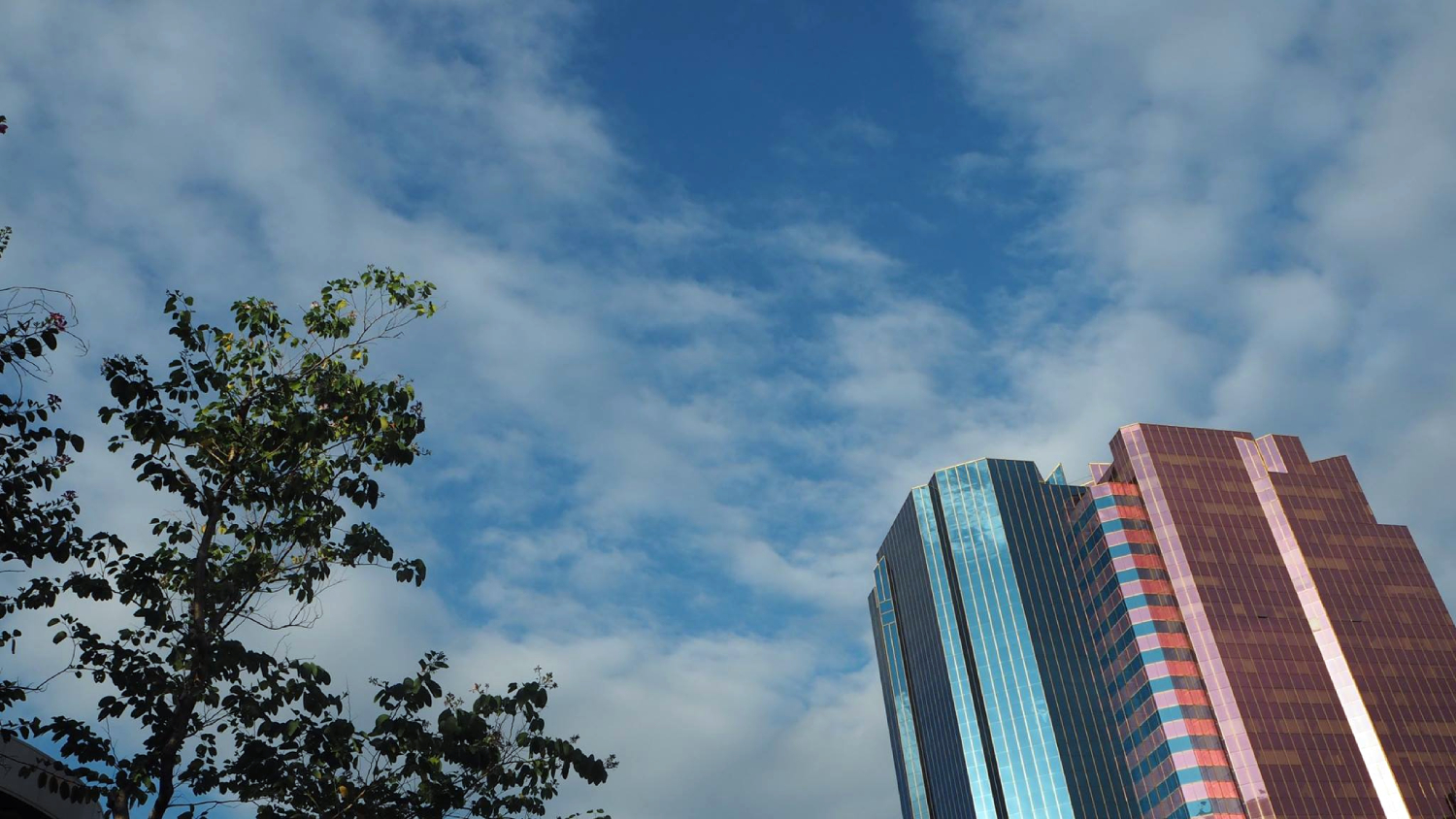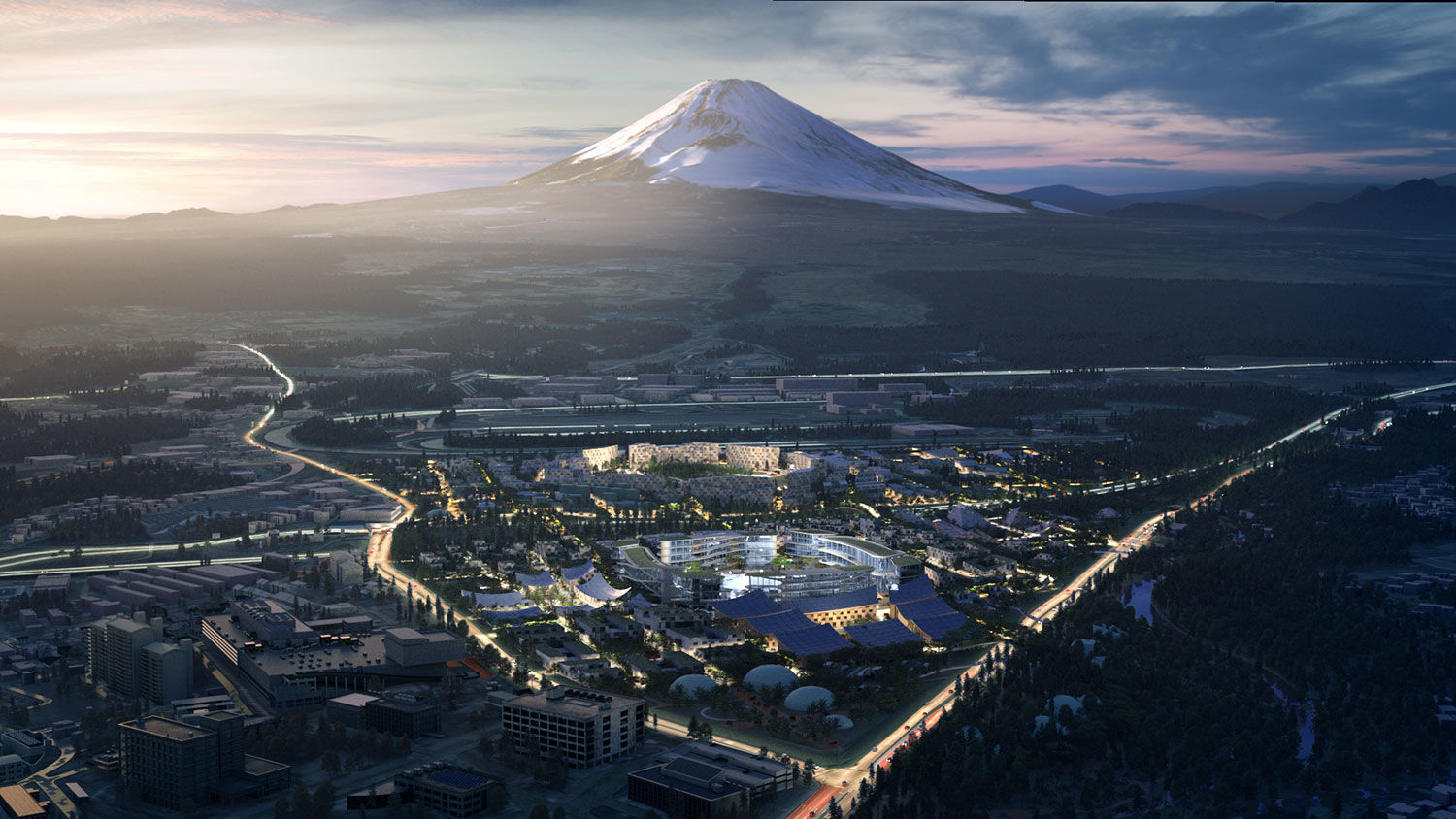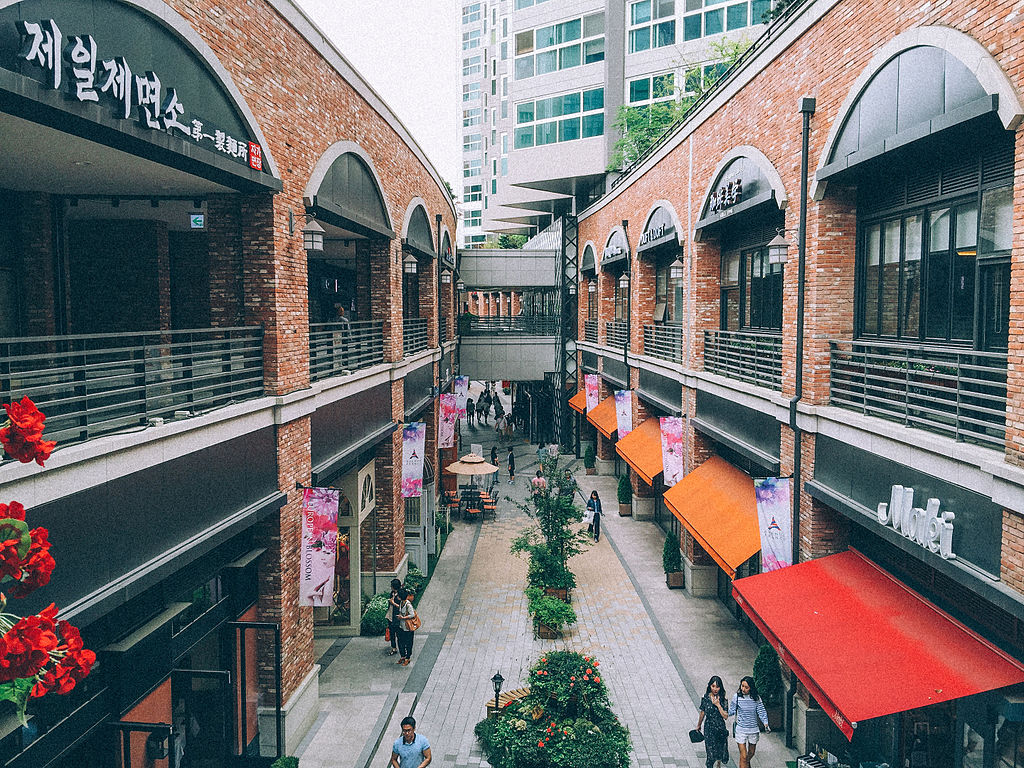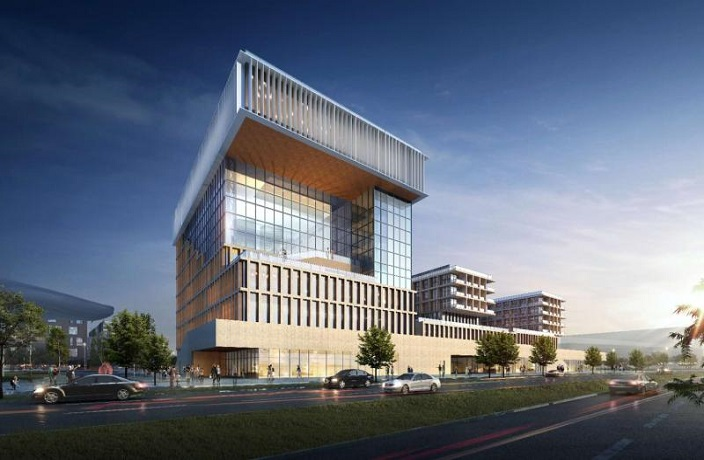5 Smartest (and liveable) Far East cities in 2020

Giacomo Lee looks at modern urban development beyond Songdo, with the futuristic cities that'll come to define this Asian Century.
The events of 2020 may have professionals putting on their best 'Janus face', with one side looking for options away from Hong Kong and creeping Chinese influence, and the other keeping an eye on East Asia whilst recession creeps in Europe and beyond.
The Far East as an attractive outpost option is in doubt considering the infection infamy of Wuhan, China, and reports of a virus resurgence in South Korea. The best bet though for any business looking for Asian outreach is to consider bases outside of cluttered, 'viral' cities, preferably the sort that provide easy living for employees and comfortable business trips to the capital.
Some of the best options are satellite cities developed in the last decade; others are planned developments that will be finished within the next few years. Divided across Korea, China, Japan and Taiwan, these are the Far East's most futuristic and liveable cities.
Woven City, Japan

Unveiled at the start of 2020, I first wrote about Japan's Woven City in a branding-focused feature for Digital Arts Online.
With development set to break ground by close of next year, Woven City looks set to welcome its first 2000 residents by 2025. Those first residents will likely be Toyota employees and their families, with the project being spearheaded by the Japanese automotive giant. Retired couples, retailers, and visiting scientists are also being eyed up to live at the smart city, due to be built at the base of none other than the iconic Mt. Fuji.
Unless a new train outpost is also part of constructions, the nearest will likely be either Gotemba, Susono or Numazu Station, both of which service the surrounding Shizuoka region. While there isn't much in the way of business here besides the Toyota Higashi-Fuji centre in Susono, you'll probably find all you need in Woven City itself. According to its official site, the 175-acre city is planned to be a 'fully connected ecosystem (and living laboratory), powered by hydrogen fuel cells.'
This is Japan's biggest city project for a while now, and definitely one of the most exciting in the region. Just expect travel time to Tokyo to take around an hour if getting the train from Numazu, and around 80 minutes if driving from Gotemba. The popular city of Nagoya will take slightly less time to visit.
Either way, you'll hopefully be out of virus reach, and the region around Mt. Fuji is as attractive and quiet as you'd expect.
Chiba New Town, Japan
It took almost half a century for Chiba New Town to reach completion, which might explain the lack of fanfare when that milestone was reached in 2014.
Ignoring the bottomless amount of public money poured into the project, let's look at the positives of Chiba and its neighbouring new town of Inzai. Tokyo is only 25 miles away, and its placing on the decade-old Narita Sky Access Line means you can reach the airport in under an hour.
Of biggest interest is the very non-Japanese sounding Goodman Business Park, which will host Japan's first Google data centre thanks to a deal made last year. While actualisation may have been slow for Chiba prefecture, it seems investment is coming in quick and strong for the region.
Other new Japanese developments of note include Smart City Fukouka, an aspiring 'Japanese Silicon Valley' five hours train from Tokyo, two hours from Osaka. On a smaller scale are the earthquake-proof Tsunashima Sustainable Smart Town and Fujisawa Sustainable Smart Town, both developed by Panasonic.
Pangyo, South Korea

Pangyo opened for business circa 2009-10, almost missing the cut off mark for this list. Its presence was bolstered later though by its very own station and the hot spot of Pangyo Techno Valley (PTV), both of which opened in 2011.
Known as the Silicon Valley of Korea, PTV will soon be accompanied by a second and third Valley. Moving away from all things tech, Pangyo itself isn't too far off the Seoul City Wall trail, one of Korea's most underrated tourist attractions. Seoul itself is a 15 minute ride away on the nice and clean metro.
Other Korean developments of note include what's probably the most famous smart city in the world: Songdo International Business District. While its Blade Runner-like buildings stun visitors travelling from Incheon Airport to Seoul, Songdo is often held as the cautionary example of when a grand and expensive project doesn't pan out in real life. Though established in 2009, the city remains incomplete, and stands as a ghost town amongst neighbouring metropolises.
More promising are two Seoul satellite cities, Wirye New Town, formerly known as Songpa New Town, and its provincial neighbour Gwanggyo. The latter already boasts a lake park and OMA-designed department store which catches the eye. Both cities stand close to the historic Hwaseong Fortress.
Nanhui New City, China

The many new cities that debuted in China last decade were often butt of many jokes. Where Songdo, Korea was seen as a disappointment, China's urban developments were viewed as empty, kitschy places, generating more than their fair share of photo essays and headline snark.
Fast forward to 2020, and a fair few of those cities are now filling out with residents, doing so in less than the amount of time that it's taken Songdo to propose at least two inaugural museums that are still at the design stage.
The most interesting new spot on the Chinese map is Nanhui, formerly known as Lingang New City. Touted as Shanghai's own little Hong Kong, the city is slated to finish this year after starting construction within the commercial capital's vast Pudong area almost twenty years ago.
Those looking to move on from the original Hong Kong whilst keeping Chinese relations would do well working somewhere without the current tensions of that city. Pudong also has more reasonable air quality being beside the water, and Nanhui is being marketed as an eco-friendly smart city.
It also has a family-friendly atmosphere with places to take the kids like Shanghai's 'most beautiful library', even a vast planetarium. That's on top of having Shanghai being one hour away, with plenty of its residents and brands ready to up sticks and settle down in Nanhui New City. The Shanghai Free-Trade Zone is also nearby, home to Tesla's first factory outside of the USA, along with a 5G industry park.
Danhai New Town, Taiwan
Taiwan is becoming an attractive option to those wanting to leave Hong Kong, ranking up there with Seoul and Singapore as new Asian bases of business.
Choose anywhere in New Taipei City and you should be fine; known as Taipei County until 2010, the area is a lot more attractive and liveable than Taipei itself.
While you won't find a Taipei 101 on your doorstep, you will find modern buildings and brands jostling for your attention. You'll also find a 'new town' in the form of Danhai, a spot by the sea in the Tamsui district.
Great transport links can bring you to the heart of Taipei within 1.5 hours if needed, but you'll probably enjoy the sea-side charms of Tamsui with its historic forts and national parks. The above video will illuminate more.
Urban development in Taiwan has so far been concentrated on cities such as Kaohsiung, in more neglected areas distant from the capital. Danhai though represents regeneration closer to Taipei, making for the 'newest' part of New Taipei City.
Read more on Danhai and its modern light rail system here.
Write the Future is Giacomo's regular vertical on business and tech in the arts and Asia.
